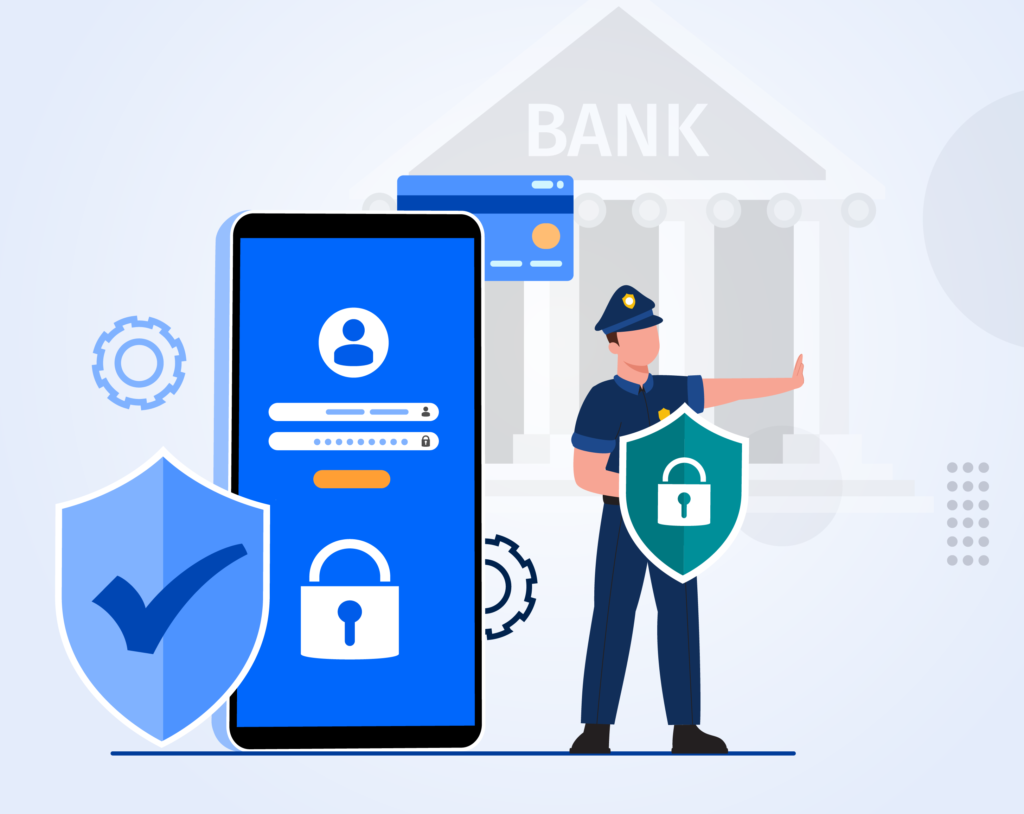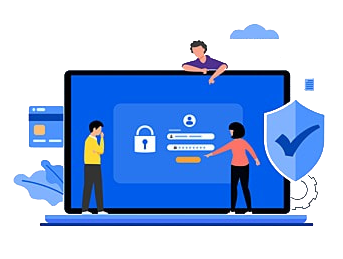Case Study
Vertical Wise Challenges and how NetViss will address those challenges
Information Security Challenges from a Network Perspective Across Various Sectors
Organizations across different sectors face unique information security challenges. Each type of organization has specific vulnerabilities and threat landscapes, necessitating tailored security strategies to protect their corporate networks from both external and internal threats. Here are the key characteristics of information security challenges for various sectors.
Use Case of Different Industry
Banking Sector
High-value targets due to sensitive financial data and large transaction volumes.
Challenges
- Advanced Persistent Threats (APTs): Targeted attacks aiming to steal financial information or disrupt operations.
- Insider Threats: Employees with access to sensitive information may pose a significant risk.
- Regulatory Compliance: Adherence to stringent regulations such as PCI-DSS, GDPR, and SOX.
- Fraud and Identity Theft: Continuous monitoring for fraudulent activities and identity theft.

How NetViss will solve the challenges:
NetViss is essential for securing a bank’s network, particularly given the high-value targets associated with sensitive financial data and large transaction volumes. NETVISS solutions help in multiple ways to fortify the network against external threats:1. Enhanced Endpoint Security
- Device Identification and Authentication: NETVISS solutions can identify and authenticate all devices attempting to connect to the bank’s network. This ensures that only authorized devices and users gain access, preventing unauthorized entities from infiltrating the network.
- Compliance Checking: NETVISS can enforce security policies by checking the compliance of each device (e.g., checking for updated antivirus software, proper configuration, and patch levels) before allowing network access. This minimizes the risk of vulnerable or compromised devices connecting to the network.
2. Segmentation and Access Contro
- Network Segmentation: NETVISS solutions enable the segmentation of the bank’s network into different zones based on the role and requirements of users and devices. For instance, customer service systems, transaction processing systems, and administrative networks can be segmented, reducing the risk of lateral movement in case of a breach.
- Role-Based Access Control (RBAC): NETVISS enforces role-based access, ensuring that users and devices can only access the resources necessary for their function. This minimizes the exposure of sensitive financial data to only those who need it, significantly reducing the attack surface.
3. Real-Time Threat Response
- Intrusion Detection and Prevention: NETVISS solutions often integrate with Intrusion Detection Systems (IDS) and Intrusion Prevention Systems (IPS) to monitor and analyze traffic in real-time. If a threat is detected, the NETVISS can automatically isolate the affected device or user, preventing the spread of malware or unauthorized access.
- Dynamic Policy Adjustment: In response to detected threats, NETVISS solutions can dynamically adjust policies to counteract evolving threats, providing a responsive defense mechanism against sophisticated attacks.
4. Visibility and Monitoring
- Comprehensive Network Visibility: NETVISS provides detailed visibility into all devices connected to the network, including IoT devices, BYOD, and guest devices. This comprehensive monitoring helps identify suspicious activities and potential vulnerabilities.
- Continuous Monitoring and Reporting: NETVISS solutions continuously monitor network traffic and user behavior, generating reports and alerts for any anomalies or potential threats. This helps in early detection and swift response to cyber threats.
5. Embedded Compliance and Regulatory Intelligence
- Regulatory Compliance: Banks must adhere to stringent regulatory requirements like PCI-DSS, GDPR, and SOX. NETVISS solutions help enforce compliance by ensuring that only compliant devices and users can access the network, and by providing audit trails and reports necessary for regulatory audits.
Hotel Industry
Personal and payment information of guests, IoT devices for smart rooms.
Challenges
-
- Guest Data Protection: Ensuring the privacy and security of guest personal information and payment details.
- IoT Security: Securing a myriad of connected devices in rooms, conference facilities, and operational areas.
- Third-Party Services: Managing security risks associated with third-party service providers and partners.
- Wi-Fi Security: Ensuring secure guest access to the internet without compromising the network.

How NetViss will solve the challenges:
(NETVISS) solution is particularly valuable for securing a hotel’s network, addressing the unique challenges such as third-party services, guest Wi-Fi security, IoT security, and guest data protection. Here’s how a NETVISS solution can help in these areas:1. Securing Third-Party Services
- Vendor and Partner Access Control: NETVISS solutions can strictly control access for third-party vendors and partners, ensuring that they can only access specific parts of the network necessary for their function. This minimizes the risk of external threats entering the network through third-party connections.
- Monitoring and Logging: NETVISS provides detailed logging and monitoring of all third-party activities on the network. This visibility helps in quickly identifying and responding to any suspicious behavior originating from third-party connections.
2. Enhancing Guest Wi-Fi Security
- Guest Network Segmentation: NETVISS solutions can create separate, isolated network segments for guest Wi-Fi, ensuring that guests’ activities do not interfere with the hotel’s internal network. This prevents potential attackers from using guest Wi-Fi as a gateway to critical hotel systems.
- Secure Authentication: NETVISS can enforce secure authentication mechanisms for guest Wi-Fi access, such as unique login credentials for each guest or device, ensuring that only legitimate guests can access the network.
- Bandwidth Management: NETVISS can manage and limit the bandwidth available to guest devices, preventing a few devices from consuming disproportionate network resources, which can degrade performance and potentially expose security vulnerabilities.
3. IoT Security
- Device Identification and Profiling: NETVISS solutions can automatically identify and profile IoT devices connected to the network, ensuring that only authorized and known devices can operate. This helps in preventing unauthorized IoT devices from being added to the network.
- Network Segmentation for IoT Devices: NETVISS can segment IoT devices into their dedicated network zones, isolating them from the main operational and guest networks. This limits the impact of any compromise of IoT devices
- Continuous Monitoring and Compliance: NETVISS continuously monitors IoT devices for compliance with security policies, ensuring they remain secure and promptly identifying any deviations that could signal a security threat.
4. General Network Security
- Real-Time Threat Detection and Response: NETVISS solutions integrate with Intrusion Detection Systems (IDS) and Intrusion Prevention Systems (IPS) to provide real-time detection and response to threats. This proactive approach helps in quickly mitigating potential security incidents.
- Policy Enforcement and Compliance: NETVISS ensures that all devices comply with the hotel’s security policies before gaining network access. This includes verifying antivirus status, software updates, and other security configurations.
- Visitor and Staff Device Management: NETVISS can differentiate between guest devices, staff devices, and third-party devices, applying appropriate security policies to each category. This granular control helps in maintaining overall network security while accommodating various user needs.
Manufacturing Sector
Critical infrastructure, proprietary processes, and supply chain dependencies.
Challenges
-
- Industrial Control Systems (ICS) Security: Protecting ICS and SCADA systems from cyber-attacks.
- Intellectual Property (IP) Theft: Safeguarding proprietary manufacturing processes and trade secrets.
- Supply Chain Attacks: Securing the extended supply chain and third-party vendors.
- Operational Disruption: Mitigating the risk of cyber-attacks that could halt production lines.

How NetViss will solve the challenges:
NetViss solutions are crucial for securing a manufacturing unit’s network against external threats, particularly given the critical infrastructure, proprietary processes, and dependencies on supply chains, Industrial Control Systems (ICS), Supervisory Control and Data Acquisition (SCADA) systems, and IoT systems. Here’s how NETVISS solutions help in these contexts:1. Protecting Critical Infrastructure and Proprietary Processes
- Access Control: NETVISS ensures that only authorized personnel and devices can access critical infrastructure and proprietary processes. By implementing strict authentication and authorization policies, NETVISS minimizes the risk of unauthorized access to sensitive systems.
- Network Segmentation: NETVISS can segment the network into isolated zones based on function and sensitivity. Critical infrastructure and proprietary processes can be placed in highly secure segments, separate from less critical parts of the network, reducing the risk of lateral movement by potential attackers.
2. Securing Supply Chain Dependencies
- Third-Party Access Management: NETVISS provides granular control over third-party access to the network. Suppliers and partners can be given restricted access to only the resources they need, and their activities can be closely monitored to detect any suspicious behavior.
- Compliance Enforcement: NETVISS ensures that all third-party devices comply with the manufacturing unit’s security policies before they are allowed to connect to the network. This includes checking for up-to-date antivirus software, proper configurations, and adherence to security standards.
3. Protecting ICS and SCADA Systems
- Device Identification and Profiling: NETVISS solutions can identify and profile all devices connected to ICS and SCADA systems. This helps in ensuring that only known, authorized devices can communicate within these critical networks
- Network Isolation: NETVISS can isolate ICS and SCADA systems from other parts of the corporate network and the internet, minimizing exposure to external threats. By creating secure, dedicated network segments, NETVISS reduces the risk of cyberattacks affecting these critical systems.
- Real-Time Monitoring and Alerts: NETVISS provides continuous monitoring of network traffic and device behavior within ICS and SCADA environments. Any anomalies or unauthorized access attempts can trigger immediate alerts and responses, enhancing the security of these systems.
4. Securing IoT Systems
- IoT Device Management: NETVISS can automatically discover and profile IoT devices connected to the manufacturing network, ensuring that only authorized and compliant devices are allowed. This helps in managing the large and diverse array of IoT devices typically found in manufacturing environments.
- Segmentation and Isolation: NETVISS can place IoT devices in their own network segments, separate from critical systems and corporate data. This containment strategy limits the impact of any potential compromise of IoT devices.
- Policy Enforcement: NETVISS enforces security policies specific to IoT devices, such as regular firmware updates, strong authentication, and encryption of communications. This ensures that IoT devices remain secure and do not become entry points for attackers.
Education Sector
Extensive personal data of students and staff, intellectual property, research data.
Challenges
-
- Data Breaches: Preventing unauthorized access to student records, financial information, and research data.
- Network Segmentation: Ensuring that different segments of the network (e.g., administrative, academic, student) are properly secured
- Ransomware Attacks: Protecting against ransomware that could disrupt academic activities.
- BYOD Policies: Managing security for a diverse array of devices used by students and staff.

